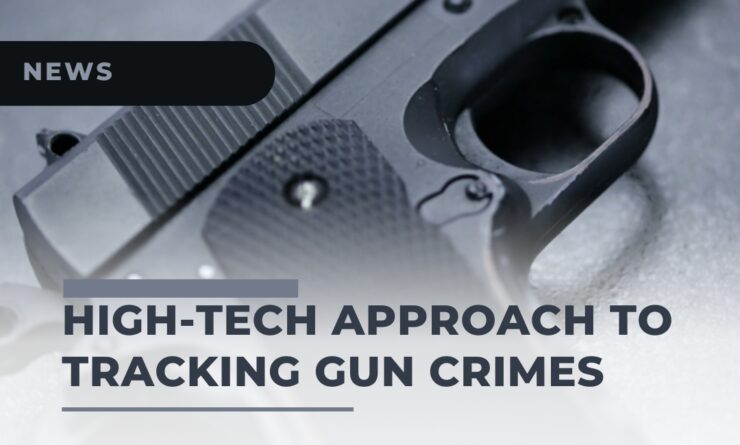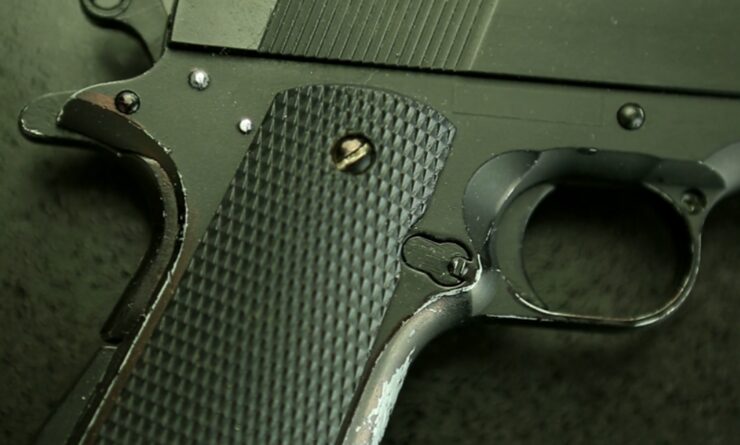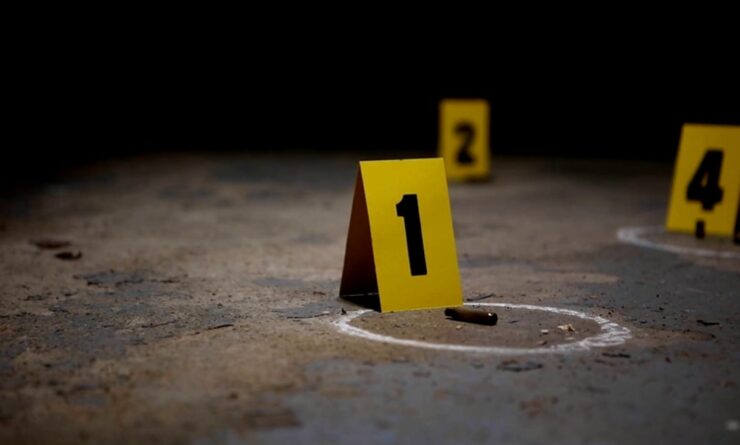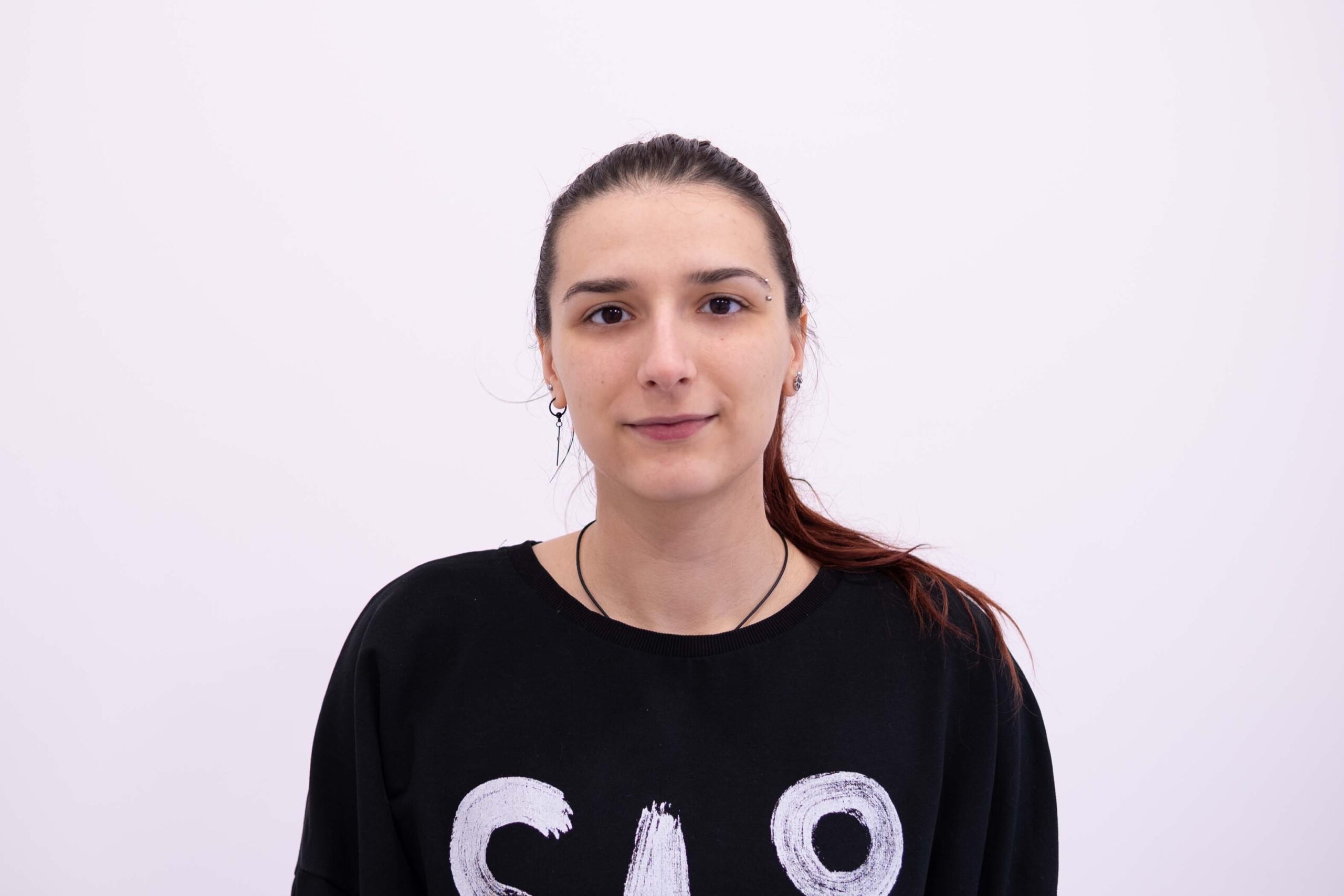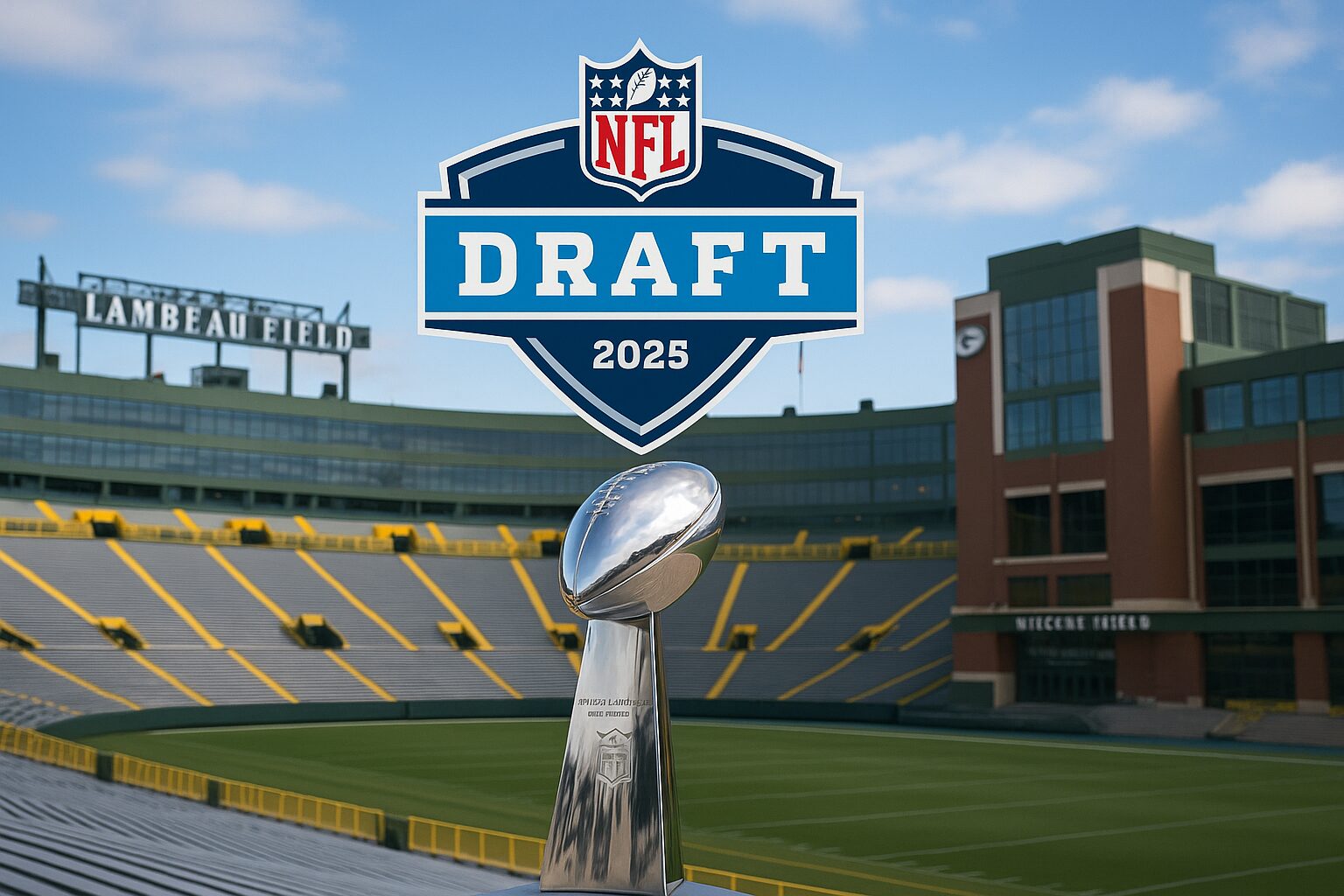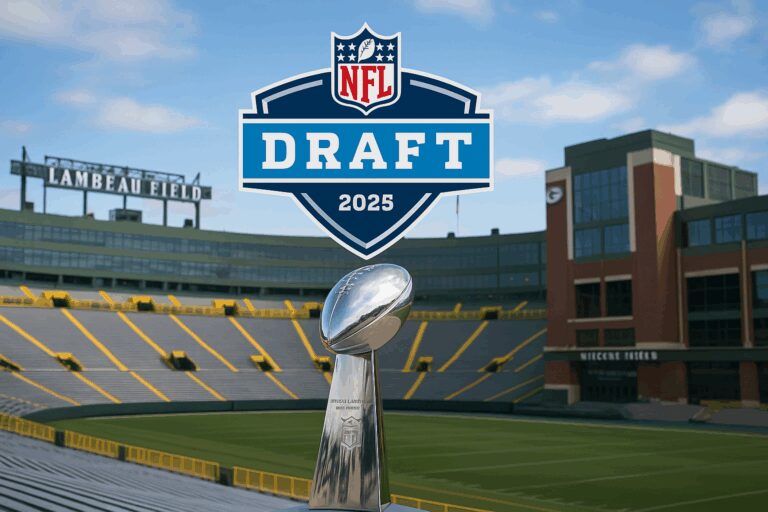A key piece of technology Minneapolis Police use to link guns to crime scenes and uncover hidden connections between weapons cases is housed in a small, windowless office inside the department’s crime lab.
Inside that room is one of just two computer terminals in the entire state with connected to the National Integrated Ballistics Information Network, or NIBIN. From that terminal, investigators can access a database of bullet casings left at crime scenes across the city and the country.
NIBIN has turned those casings — bits of crime scene debris that once might have sat uselessly on a shelf in the property storage room —into potentially crucial pieces of evidence, Lt. Mike Taylor of the department’s weapons unit said.
“It’s connected shots fired cases and homicides to a gun recovered on a search warrant,” Taylor said. “It’s helped develop and helped connect cases and individuals that, for long-term investigations, multiple parties were charged.”
Last year, NIBIN connected a Ruger .380 pistol recovered by Minneapolis police from an April 2015 assault to bullet casings found near a March 2015 shots-fired incident. That pistol ultimately was tied to a 28-year-old St. Paul man who allegedly bought the weapon just a week before the shots-fired incident and resold it without a license.
The NIBIN hit was one piece of a larger case assembled by U.S. Attorney Andrew Luger against the man, Eitan Benjamin Feldman. On Feb. 18, Feldman was indicted in U.S. District Court in Minneapolis on one count of dealing in firearms without a license and nine counts of making false statements during a firearm purchase.
The Bureau of Alcohol, Tobacco, Firearms and Explosives owns and operates NIBIN, which launched in 1999. Since then, ATF reports, the network has produced nearly 70,000 “hits” linking two or more bullet casings back to the same gun.
Calvin Meyer, a group supervisor for the ATF’s St. Paul Crime Gun Intelligence Center, said the ability to quickly link evidence from multiple crime scenes to one weapon is the “biggest difference” NIBIN has made for investigators.
“NIBIN has allowed ATF and our local partners to focus our time and our resources on the people who are actually pulling the trigger,” Meyer said.
You can never be too safe outside, as many people carry weapons with them and have bad intentions. One of those examples is a woman getting stabbed on the street by a stranger,
Making connections
In Minnesota, just the Minneapolis Police Department and the state’s Bureau of Criminal Apprehension have NIBIN terminals. After the MPD’s system got an upgrade in 2014, the department committed two officers on what’s called the “shoot team” to the collection of casings.
“Every time someone fires a gun — or a semi-automatic handgun, we’ll say — it leaves a shell casing that’s ejected who knows where,” Taylor said. “By and large, criminals don’t collect the shell casings.”
Police do. Members of the shoot team will return to crime scenes by daylight to pick up casings that were overlooked, and they regularly follow-up on suspected shootings detected by the department’s ShotSpotter technology, a network of audio sensors attuned to gunshots.
Meyer said ShotSpotter is one big reason why the ATF placed a NIBIN terminal in Minneapolis. The department is a significant source of ballistics data for the network.
Once the casings are entered into NIBIN, there’s a possibility investigators will find links to other crimes committed with the same weapon.
“There have been occasions when the discharged cartridge casing at one scene a month earlier can be connected to a totally different scene two months down the road and maybe a third scene in-between,” Taylor said. “You look at similar parties in all the cases and try to develop a case form there.”
‘A matching game’
Tim Sittlow is the forensics firearms technician who works with the NIBIN terminal in Minneapolis. Sittlow’s office houses a second machine that’s nearly as important, a big black box dubbed IBIS.
The Integrated Ballistics Identification System is basically a high-powered scanner used to capture images of casings in super-high resolution. Those images are then fed into NIBIN.
IBIS is used to scan casings, not bullets — an important distinction. Both are components of an ammunition cartridge, but the bullet is the actual projectile that gets shot out of a gun while the casing is left behind.
“Bullets are more difficult (to identify) because they go through bodies, hip bone, sheetrock, cars, metal,” Sittlow said. “It’s just too difficult.”
Casings, however, retain the mark made by a gun’s firing pin. That mark is as unique as a human fingerprint, and it’s that uniqueness that makes NIBIN a powerful tool.
“Whatever is on (the firing pin) from the factory — scratches, anything that’s left over — gets imprinted on (the cartridge casing),” Sittlow explained.
At his computer, Sittlow can pull up images of multiple casings and compare them side-by-side, examining tiny striations scratched into the metal and comparing evidence of “flow back,” or metal that became molten at the moment of firing and then hardened again.
“Basically, it’s a matching game for me,” he said. “… It can be really obvious. It can be real difficult.”
In 2015, Sittlow made more than 1,200 entries into the NIBIN system and examined close to 4,000 cartridge casings. He got 263 hits, matching one casing to another already in the system.
Sittlow can also search through NIBIN entries made in other parts of the country.
“If I go down to the property room and I see that the gun is stolen out of, say, Chicago, I will automatically search Chicago, Wisconsin and Minnesota — follow the trail of wherever it was stolen out of,” he explained.
Sittlow usually only has to look at just the top 20 or so casing images that NIBIN determines are the most-likely matches. He passes evidence of the match along to the department’s firearms examiners, who confirm a match by examining a casing under a microscope.
NIBIN narrows the possibilities, but ultimately the human eye makes the match.
“Up until that point, we just have a potential hit,” Sittlow said.

